Each year, a team of undergraduate students from the University of Warwick travel to Boston to compete in the Internationally Genetically Engineered Machines competition (iGEM). The competition provides a prestigious and unique opportunity for enthusiastic students to combine their skills in order to solve a real-life problem using synthetic biology.
iGEM is an international genetic engineering competition that fosters scientific research and education by creating a community of young student researchers, and by operating the Registry of Standard Biological parts – an open source repository of DNA parts freely accessible to the participating teams and labs. You can find out more on the iGEM website.
Teams are made up of undergraduate students from a number of disciplines – typically engineering, physics, chemistry, mathematics, computer science and biology. Teams design their own project, implement it during the summer, and travel to Boston to present their results at the iGEM “Jamboree”.
Undergraduate students at the University of Warwick have participated in the iGEM competition for the past five years, winning three Gold medals, one Silver medal and one Bronze medal. In 2016 Warwick’s team were also nominated for best software tool.
If you wish to take part in 2023 find out more on warwick.ac.uk/igem.
Dr Fabrizio Alberti leads the Warwick iGEM initiative, with support from WISB Post Doctoral Research Assistants and Principal Investigators.
Photo Credit: iGEM Foundation and Justin Knight
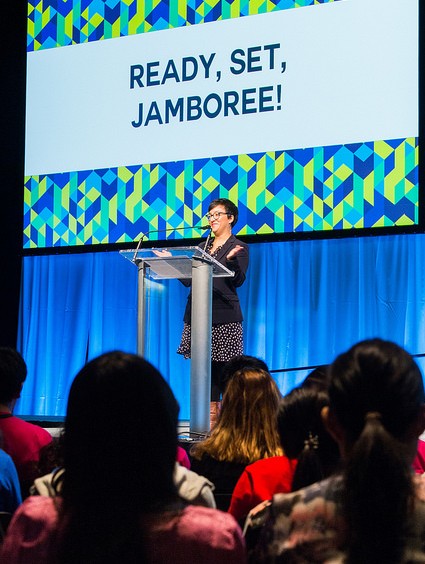
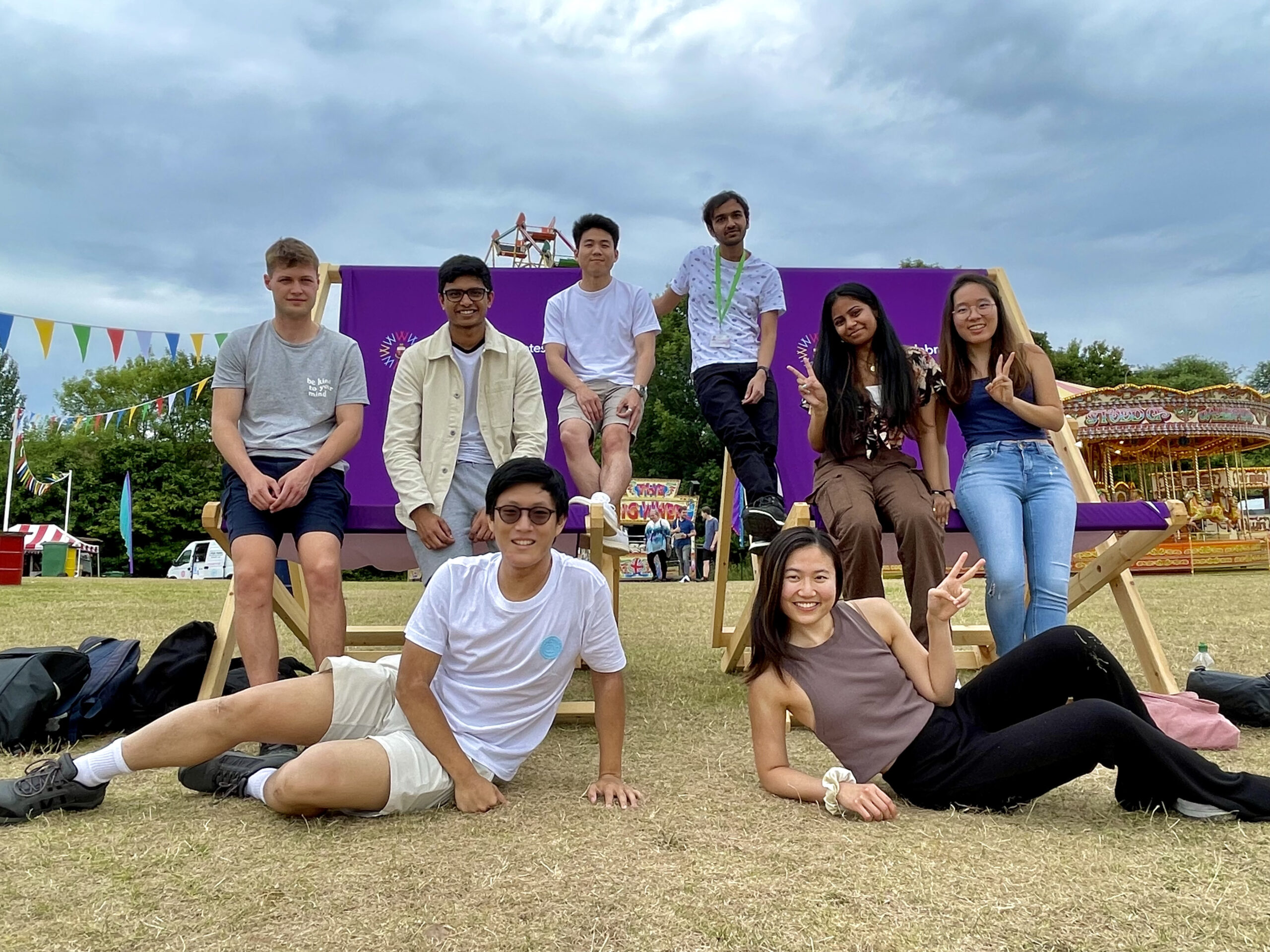
Warwick’s 2022 Team, PyRe, is seeking to tackle the build-up of pesticides in the environment using a 3-pronged approach: a cell-free detection system based on aptamers, a whole cell-biocatalyst based on E. coli, and a toxin-antitoxin kill switch. The project is targeted towards Lambda-cyhalothrin, a pyrethroid that is highly toxic to fish, bees and aquatic invertebrates.
As they design and validate their own genetic construct (Pyre1), identify optimal performance using CAD tools, engage with manufacturers and experts, and spread awareness through various initiatives, they will be steering the agriculture industry towards a more sustainable and environmentally friendly future.
Visit the team’s wiki to find out more
Warwick’s 2021 team, CREscent, attempted to design a rapid detection method for a type of bacteria resistant to carbapenems, a last-resort antibiotic. These bacteria are often found in hospitals, and infections are extremely difficult to treat so isolation of infected patients is one of the only ways to contain its spread. Current detection methods for Carbapenem Resistant Enterobacteriaceae (CRE) are very slow and can take up to 4 days to return a positive result, exposing hospitals to potential unchecked spread of CRE in the meantime.
Therefore, we designed rapid detection method for hospitals, by targeting a carbapenem resistance gene in E. coli using CRISPR. If the RNA molecule produced by this gene is detected, a different RNA is transcribed, which causes fluorescence. This acts as a visual identifier. The idea was that a swab would be taken in a hospital and placed into a test tube. If the bacteria present are resistant to carbapenems then the tube will glow green under UV light.
Read more about their project on their wiki:
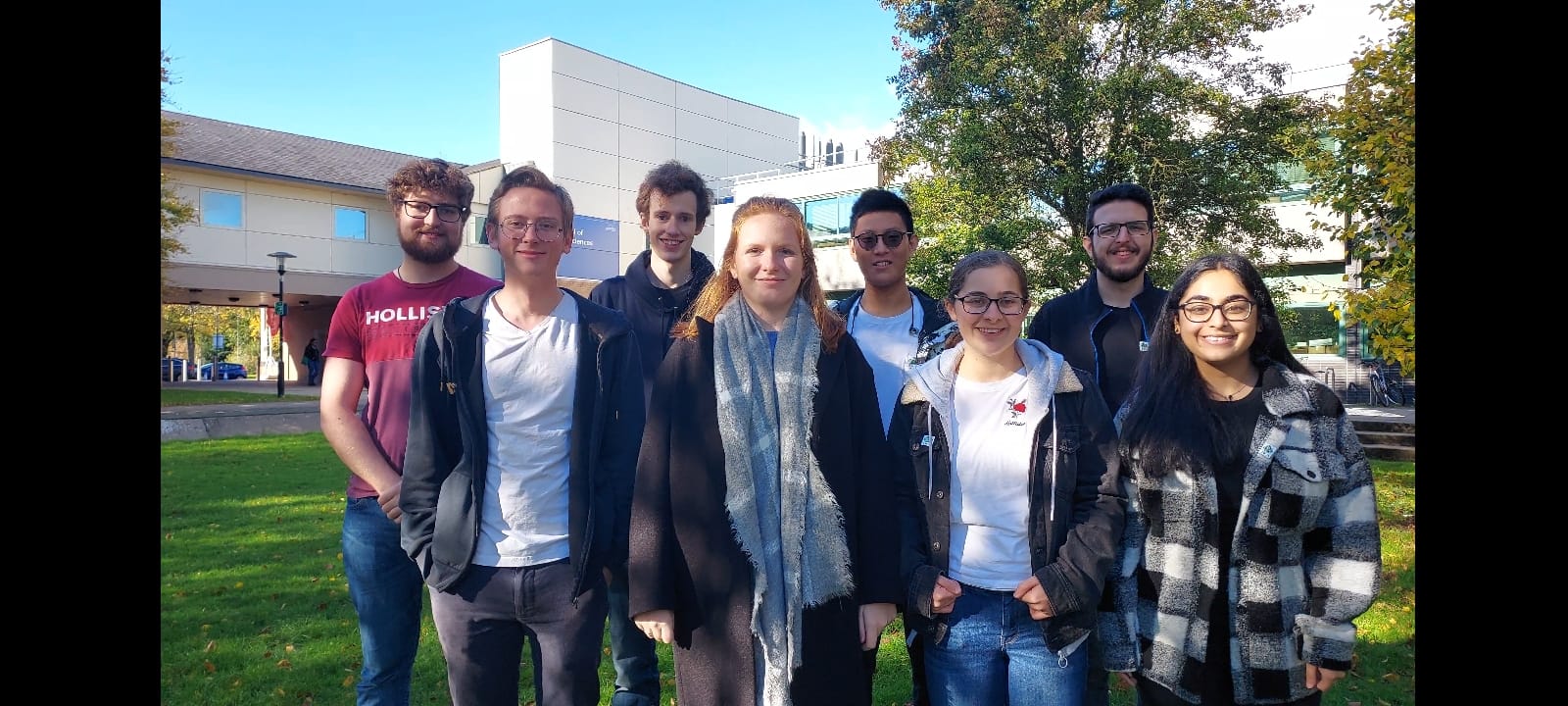
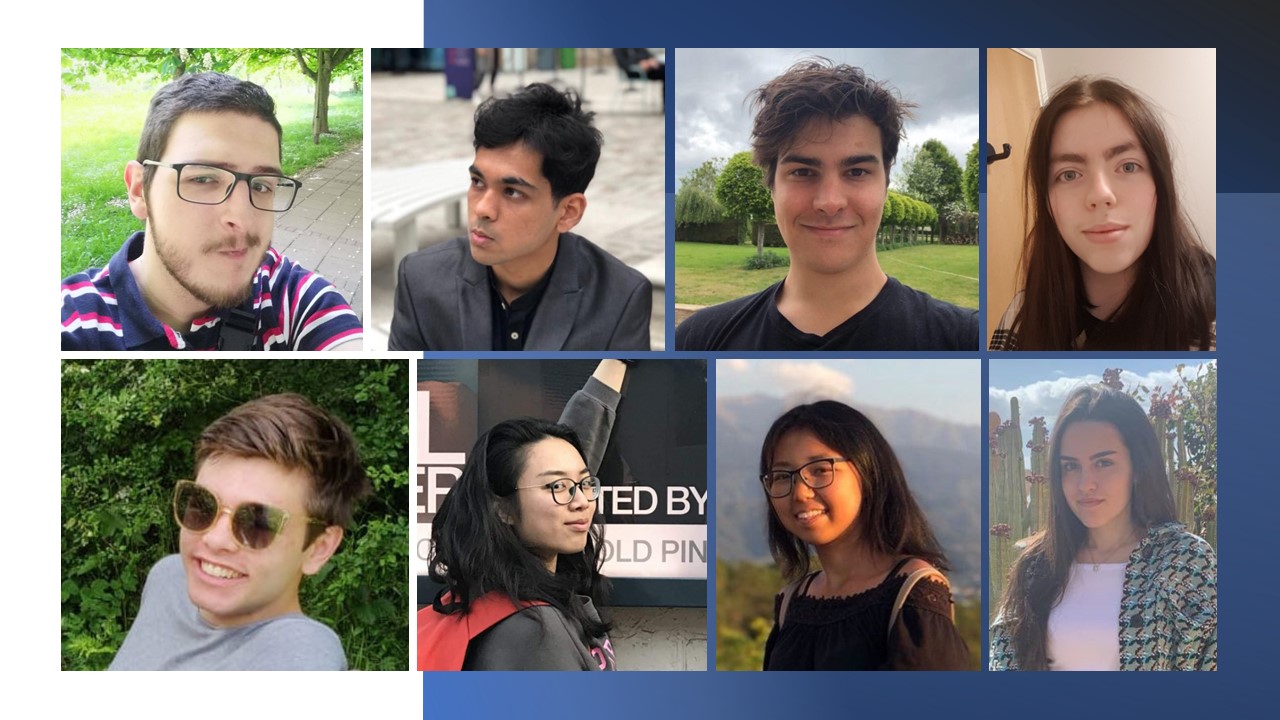
Warwick’s 2020 team, ColibacTeam, as the name would suggest, sought to tackle the problem of bowel cancer by attempting to pioneer a new method of detection, based upon the detection of colibactin-producing strains of Enterobacteriaceae in the human gut, which have been linked to at least two thirds of bowel cancer cases.
Despite the COVID-19 pandemic, the team was able to make significant progress towards the design of a biosensor capable of detecting a well-characterised byproduct of the colibactin biosynthesis pathway – a rather unique compound named N-myristoyl-D-asparagine. This biosensor would, in conjunction with tests for other biomarkers, revolutionise bowel cancer testing, making it less invasive and reducing the workload on medical professionals
Read more about their project on their wiki. (https://2020.igem.org/Team:Warwick)
Warwick’s 2019 team, Infatuation, tackled the monstrous accumulations of fat, oil and grease lurking in major cities’ drainage system.
The team were able to extract the DNA of a real fatberg and engineer E.coli bacteria to degrade lipid molecules via the hydrolysis of ester bonds.
Furthermore, they have led their research hand-in-hand with outreach, communicating with public and politicians from the UK and EU. In this way, Infatuation has laid the foundations for the prevention and break down of fatbergs.
Visit the team’s wiki to find out more.
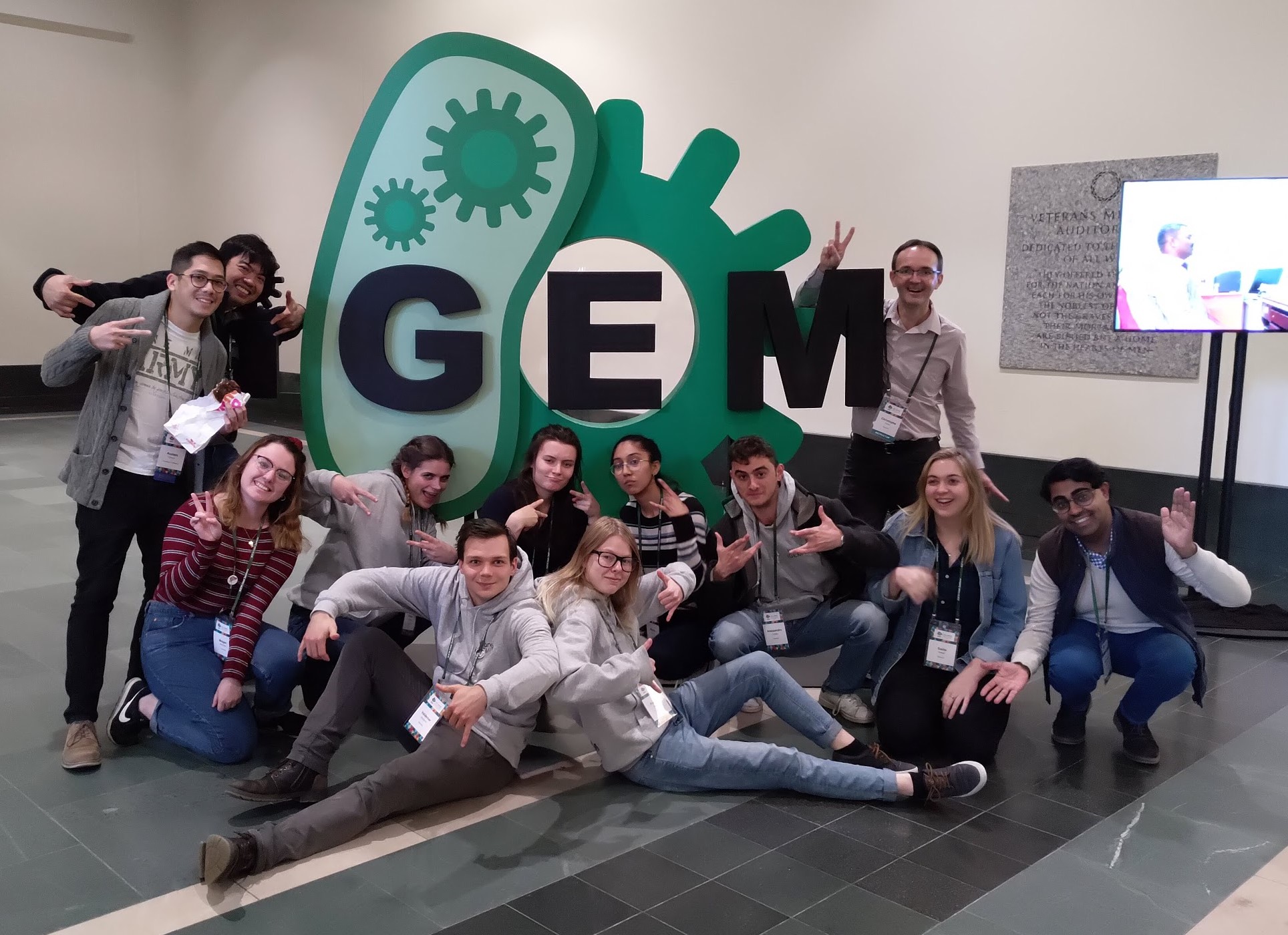
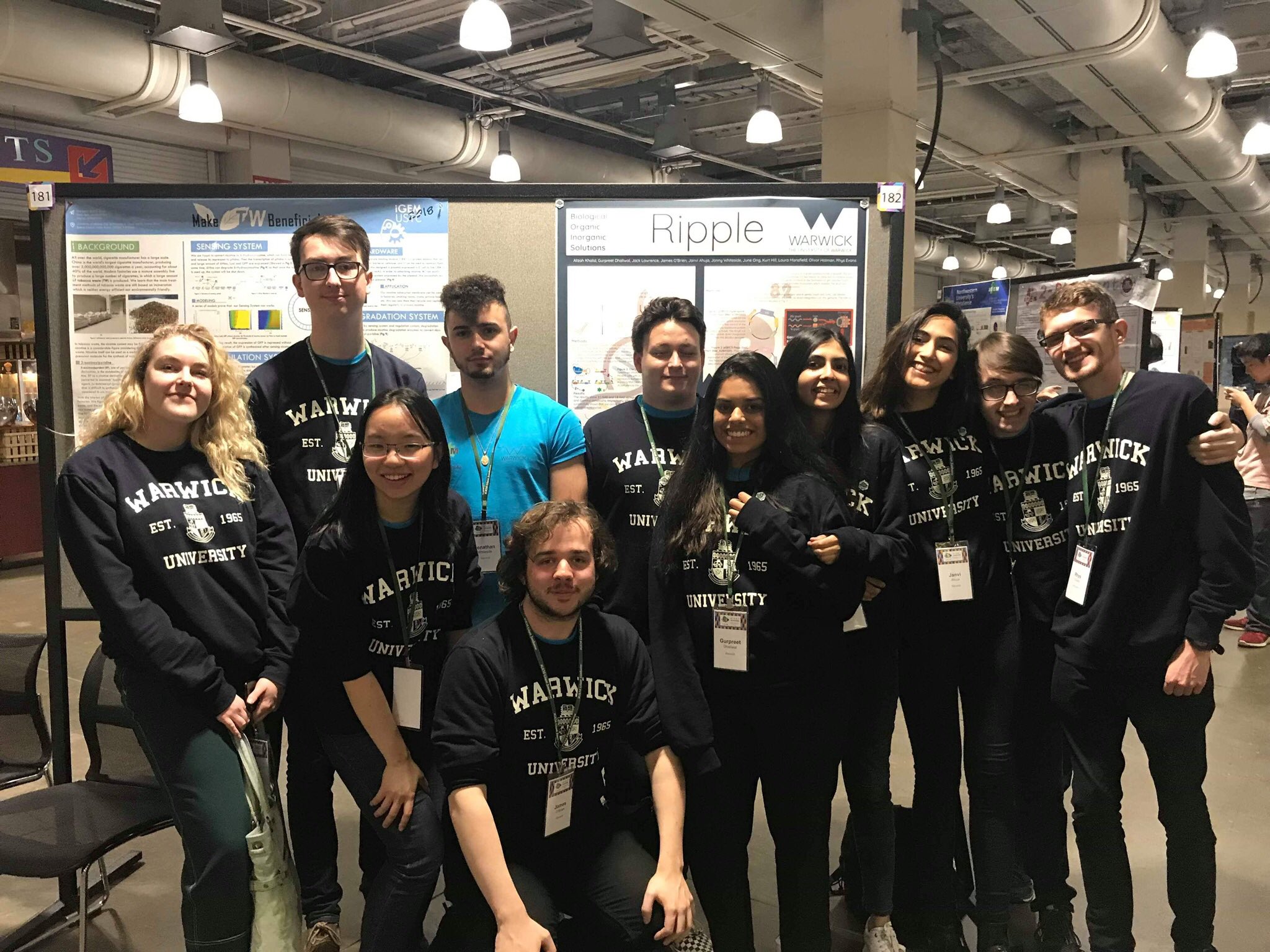
Warwick’s 2018 team, Ripple, worked towards solutions to a variety of water safety problems using Synthetic biology.
The team considered a number of contaminants that pose global health challenges. They split their work into three categories:
Warwick’s 2017 team, Blueprint 361, were determined to make E.coli work in their favour. The team was made up of 5 engineering undergrads, 4 students from the School of Life Sciences and a chemist.
Their project used E.coli to produce a biopolymer, which was in turn then used as the bio-ink for their 3D printer. Over the course of the summer months, the team worked relentlessly to use this system for the creation of surface coatings with improved biocompatibility and osseointegration. If successful, the project could lead to an increase in both the strength and versatility of artificial joints and dental implants.
Excitingly, further development could even see this technology lead to the 3D printing of biological structures, such as trachea frameworks or even organ scaffolds.
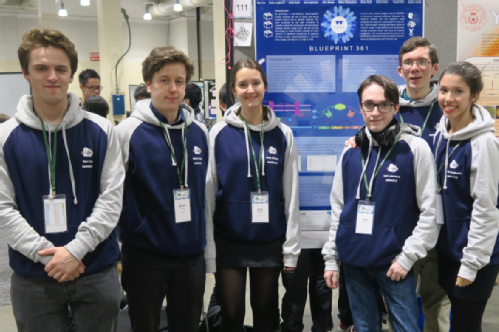
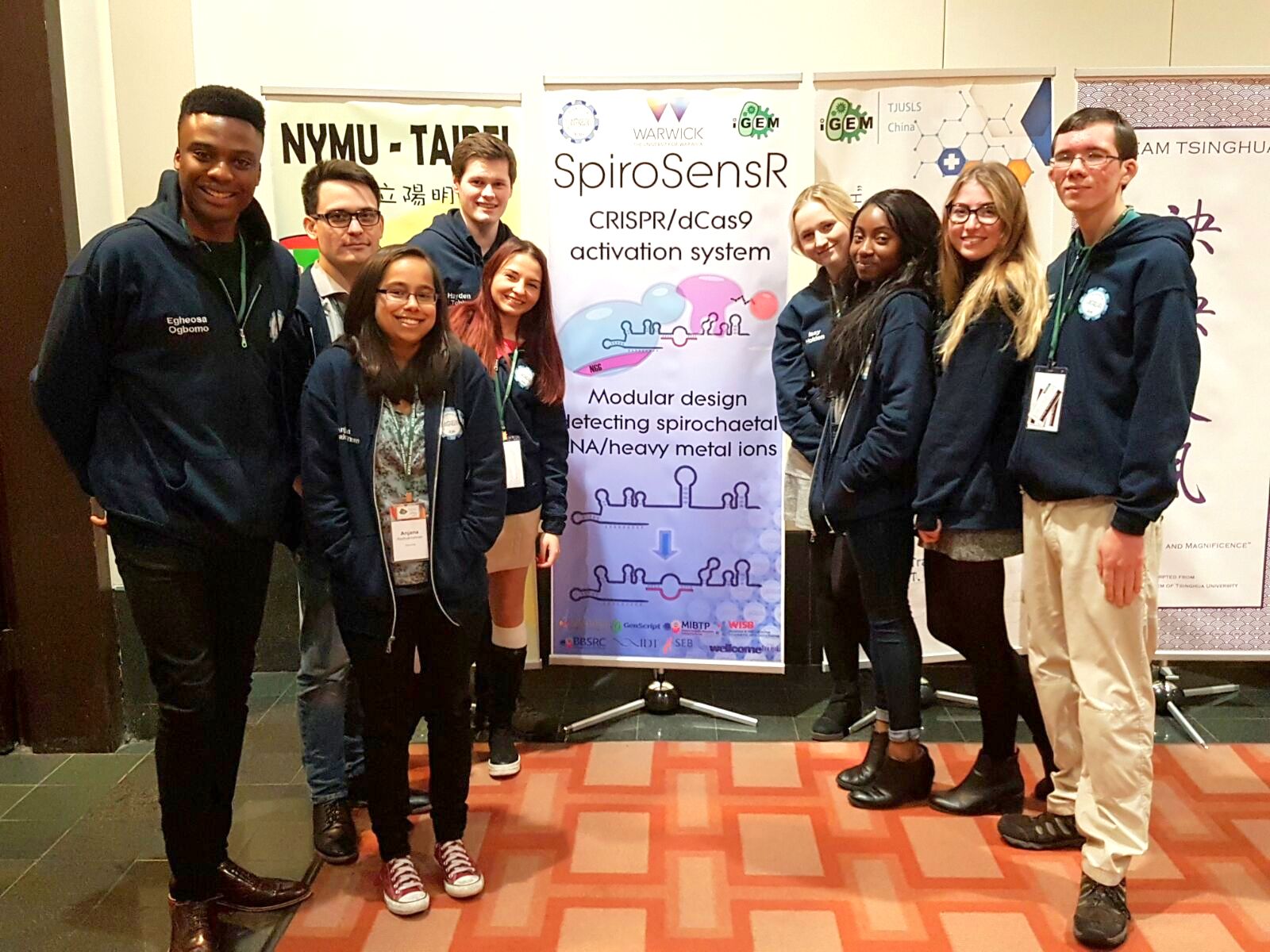
The team aimed to build a detection system for infectious agents and environmental pollutants, by combining a diverse range of knowledge and skills in the team. Their work utilised CRISPR/Cas9 technology to sense bacterial RNA samples for Lyme disease and two heavy metal pollutants: mercury and lead.
The team received generous funding support from the BBSRC/WT/SEB fund for UK iGEM, GenScript, Midlands Integrative Biosciences Training Partnership and a number of groups within the University of Warwick: Chemistry, Engineering (Andrew Little Fund), School of Life Sciences, Physics, Faculty of Science and the Innovative Manufacturing Global Research Priorities programme.
For 2015, the Warwick iGEM project (called “Brixells”) sought to use bacterial cells as bricks, and zinc finger proteins as mortar, to build 2D patterns and 3D structures at the microscopic scale.
The project used experimental and computational modelling methods, and in addition to providing hands-on research experience for the students it also contributed newly characterised biological parts to the Parts Registry, which will be shared with labs worldwide during the next competitions.
The team was involved in a number of outreach activities at local schools, Birmingham museums, and also discussed their work live on local radio.
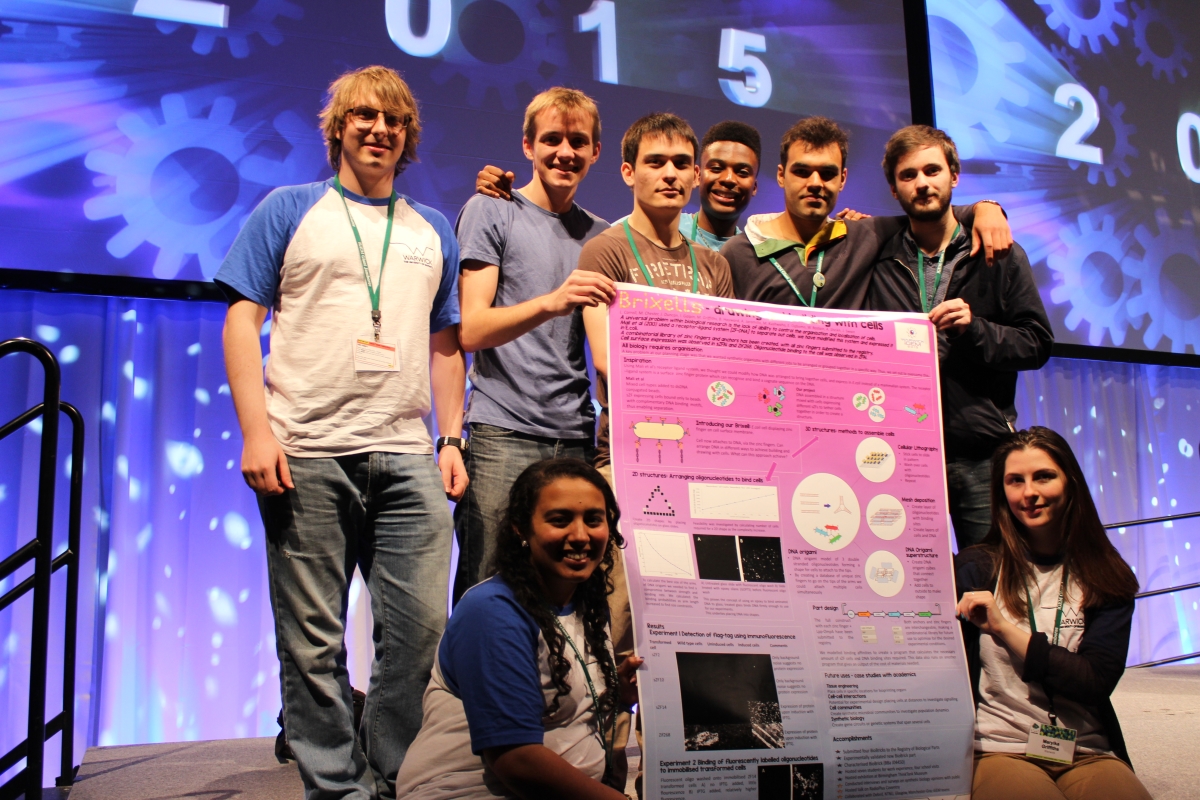
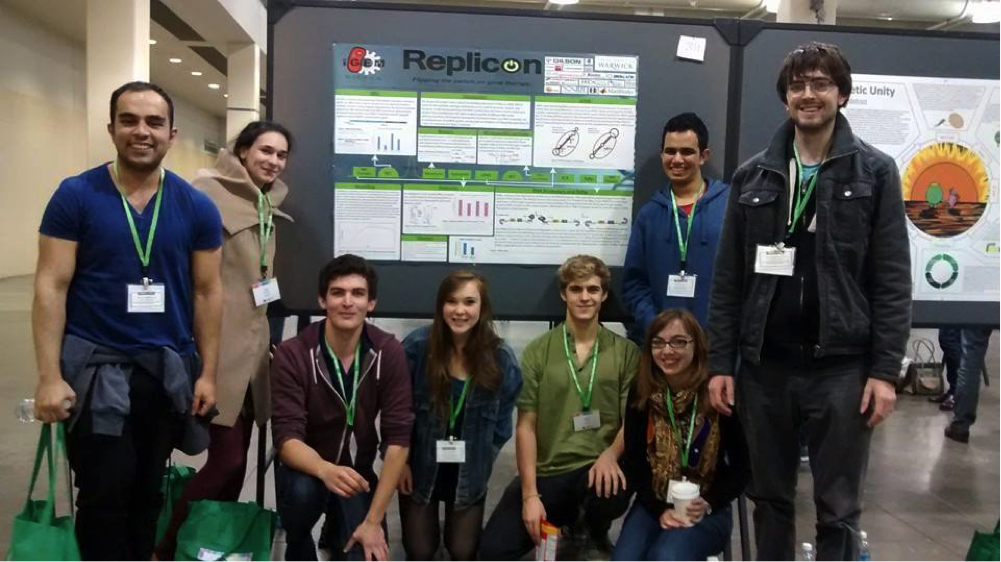
For 2014, the Warwick iGEM project (called “Replicon”) aimed to create a self-replicating RNA system for potential application in gene therapy.
The project involved mathematical and computational modeling plus the development and implementation of laboratory protocols for use with RNA systems.
The team undertook outreach activities, including hosting A-level students in the lab and also contributed 2 new parts to the iGEM registry.